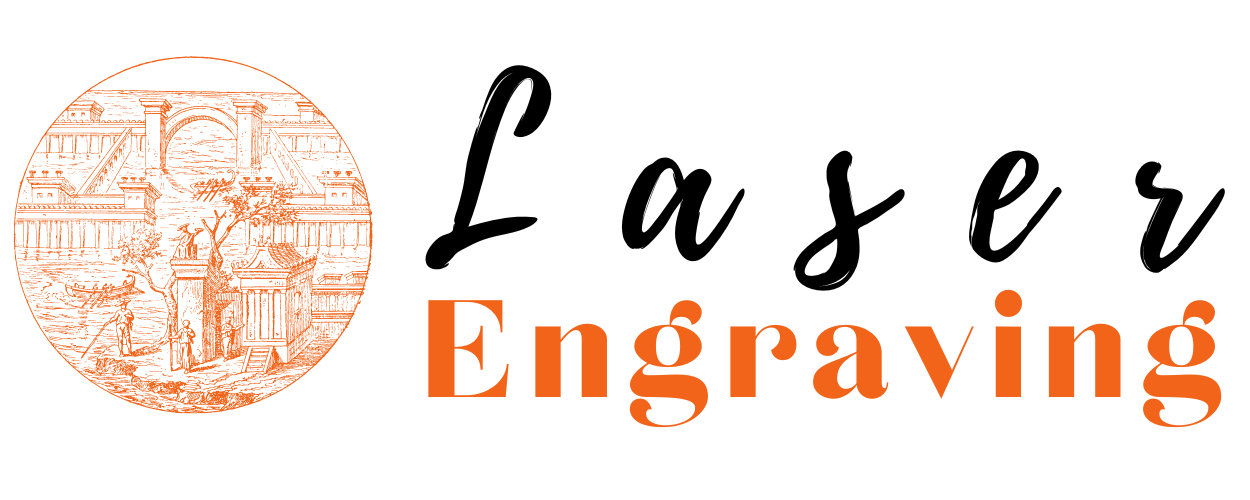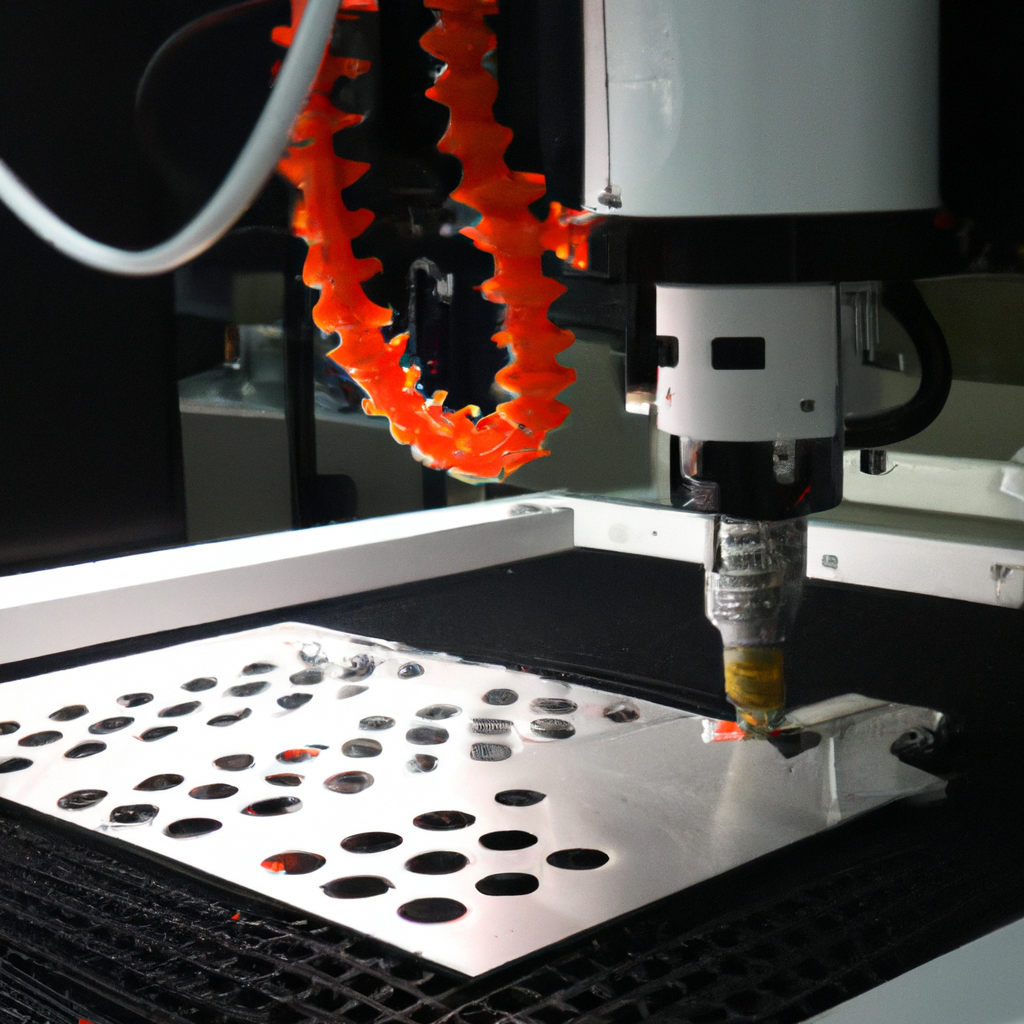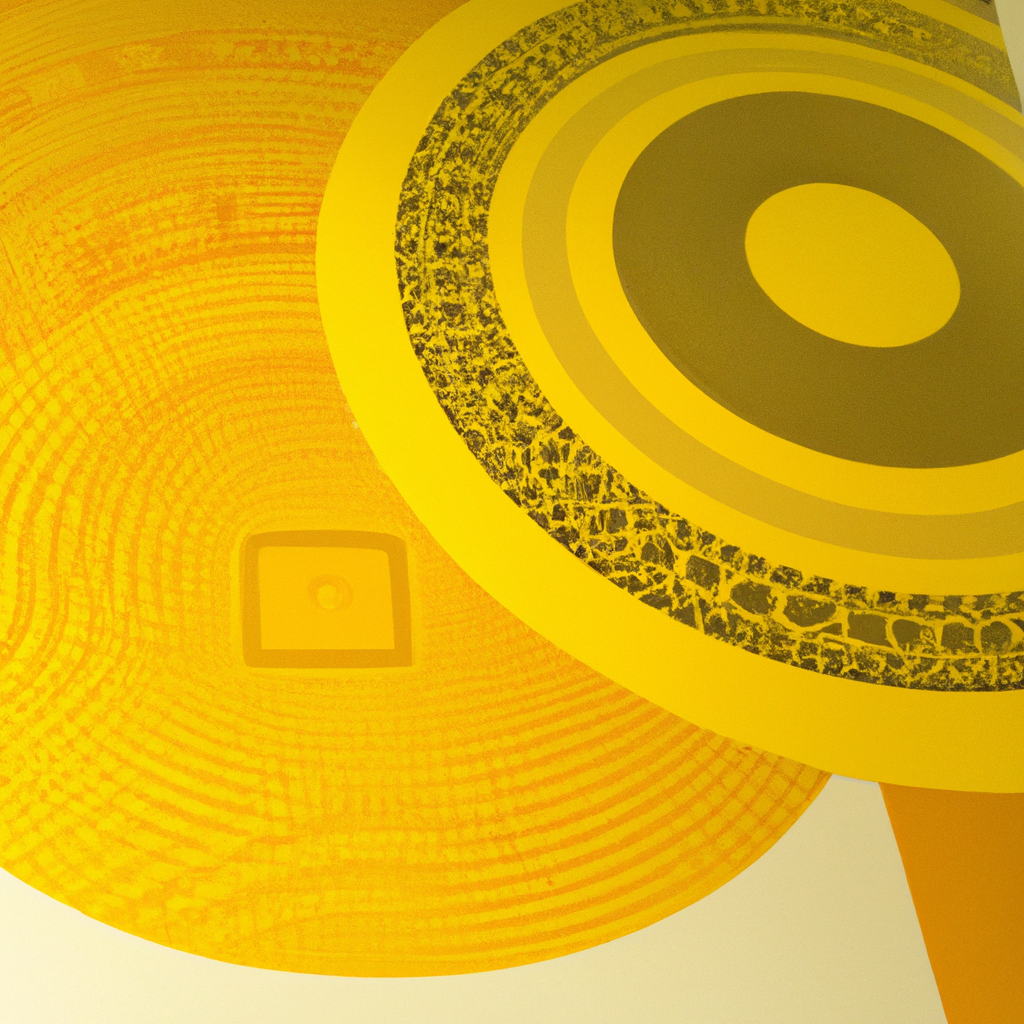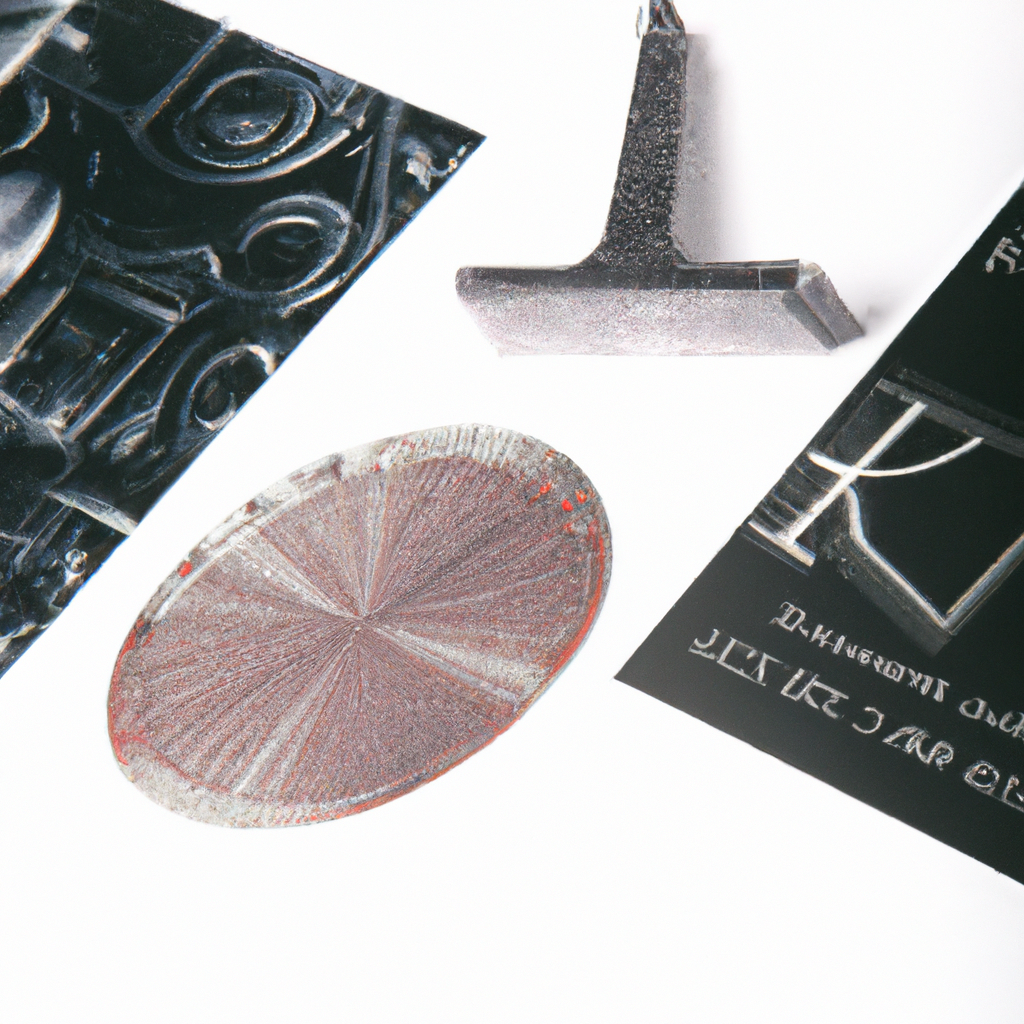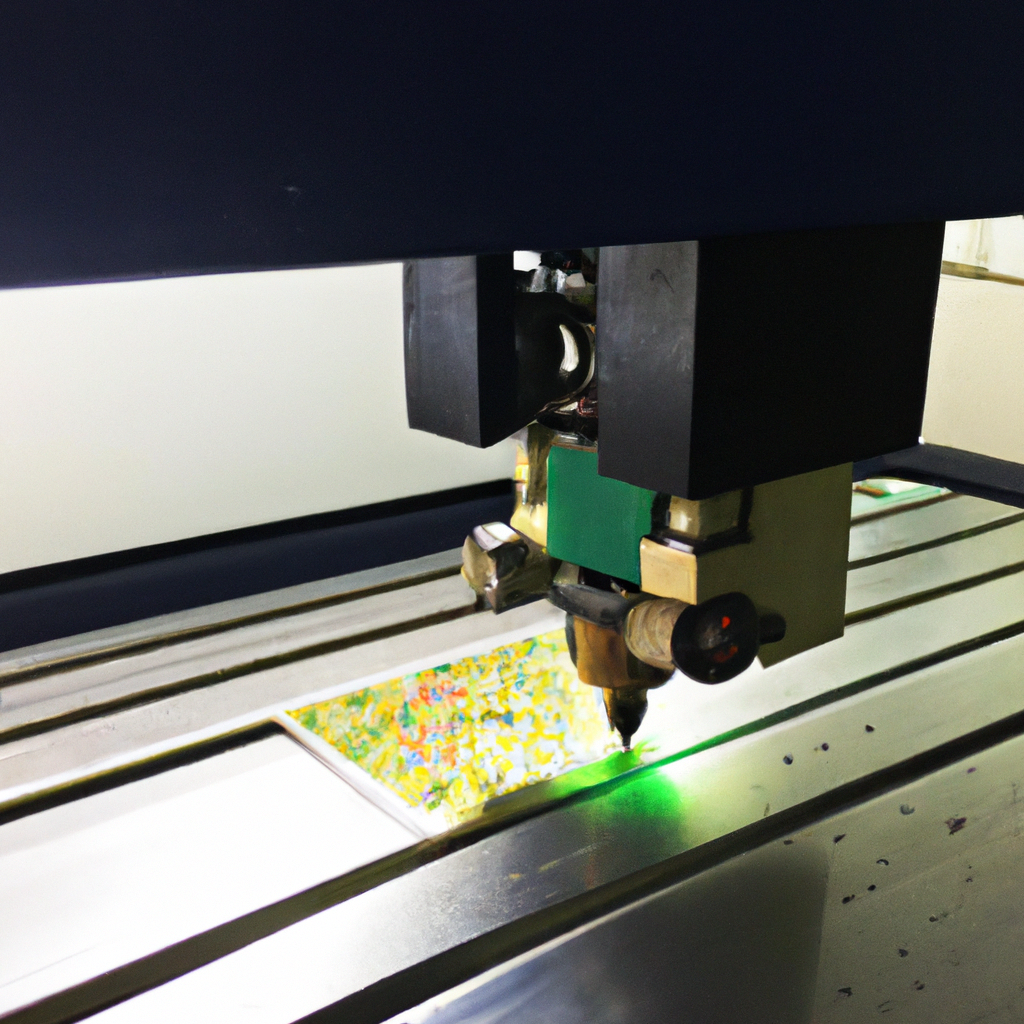Laser Etching Industry
The laser etching industry has witnessed significant growth and advancements in recent years, thanks to the rapid development of laser technology. Laser etching, also known as laser engraving, is a process that utilizes laser beams to create precise and detailed markings on various materials. This technology has found applications in numerous industries, such as automotive, electronics, jewelry, and medical.
Evolution of Laser Etching Technology
Laser etching technology has evolved significantly since its inception. Initially, lasers were used primarily for cutting and welding purposes. However, with advancements in laser technology, laser etching emerged as a reliable and efficient method for marking and engraving objects.
The introduction of Computer Numerical Control (CNC) systems revolutionized the laser etching industry. These systems enabled precise control and automation of the laser etching process, making it faster and more accurate. In addition, the integration of computer software allowed for the creation of intricate designs and patterns.
Applications of Laser Etching
Automotive Industry
The automotive industry extensively uses laser etching for various purposes. Laser-etched markings are commonly found on automotive parts, such as engine components, dashboard panels, and door sills. These markings provide crucial information about part numbers, logos, and safety warnings. Laser etching ensures the durability of these markings, as they are resistant to wear, chemicals, and extreme temperatures.
Electronics Industry
In the electronics industry, laser etching plays a vital role in product identification and branding. Electronic devices, such as smartphones, tablets, and laptops, often bear laser-etched logos, serial numbers, and other essential information. Laser etching ensures the permanence and visibility of these markings, even on small and delicate electronic components.
Jewelry Industry
Laser etching has revolutionized the jewelry industry by enabling intricate and detailed designs on various materials, including precious metals and gemstones. Jewelry designers can now create personalized engravings, patterns, and even photographs on rings, pendants, and bracelets. Laser etching offers a high level of precision, resulting in stunning and unique pieces of jewelry.
Medical Industry
In the medical industry, laser etching finds applications in the manufacturing of surgical instruments, implants, and medical devices. Laser-etched markings on these products allow for easy identification, traceability, and sterilization. Furthermore, laser etching ensures that the markings do not interfere with the functionality and performance of the medical devices.
Advantages of Laser Etching
Laser etching offers several advantages over traditional methods of marking and engraving. Some of the key advantages include:
-
Precision and Accuracy: Laser etching enables the creation of intricate and precise markings, ensuring clarity and readability even on small objects.
-
Versatility: Laser etching can be performed on a wide range of materials, including metals, plastics, glass, ceramics, and even organic materials like wood and leather.
-
Durability: Laser-etched markings are highly durable and resistant to wear, fading, and damage caused by chemicals, UV radiation, and harsh environments.
-
Non-Contact Process: Laser etching is a non-contact process, meaning it does not require direct physical contact with the material being marked. This eliminates the risk of damage to delicate or sensitive surfaces.
-
Flexibility and Customization: Laser etching allows for easy customization and flexibility in designs, enabling personalized markings, logos, and patterns.
-
High-Speed Operation: With advancements in laser technology and CNC systems, laser etching has become a fast and efficient process, increasing productivity and reducing production time.
Future Trends in Laser Etching
The laser etching industry is expected to witness further advancements and innovations in the coming years. Some of the key trends that can be anticipated include:
-
Increased Automation: The integration of Artificial Intelligence (AI) and Machine Learning (ML) algorithms with laser etching systems will enhance automation and improve efficiency.
-
3D Laser Engraving: The adoption of 3D laser engraving technology will enable the creation of three-dimensional markings and engravings on objects, opening new possibilities for artistic and decorative applications.
-
Miniaturization: As laser technology continues to evolve, there will be a focus on developing more compact and portable laser etching systems, allowing for greater accessibility and flexibility in various industries.
-
Green Laser Technology: The development of environmentally friendly laser sources, such as green lasers, will reduce energy consumption and offer more sustainable solutions for laser etching.
In conclusion, the laser etching industry has experienced remarkable growth and innovation, transforming the way objects are marked and engraved. With its precision, versatility, and durability, laser etching has become an indispensable technology in various industries. As advancements continue, the future of laser etching looks promising, with increased automation, 3D capabilities, and eco-friendly solutions on the horizon.
Note: This article is written in markdown format for easy formatting and publishing purposes.
